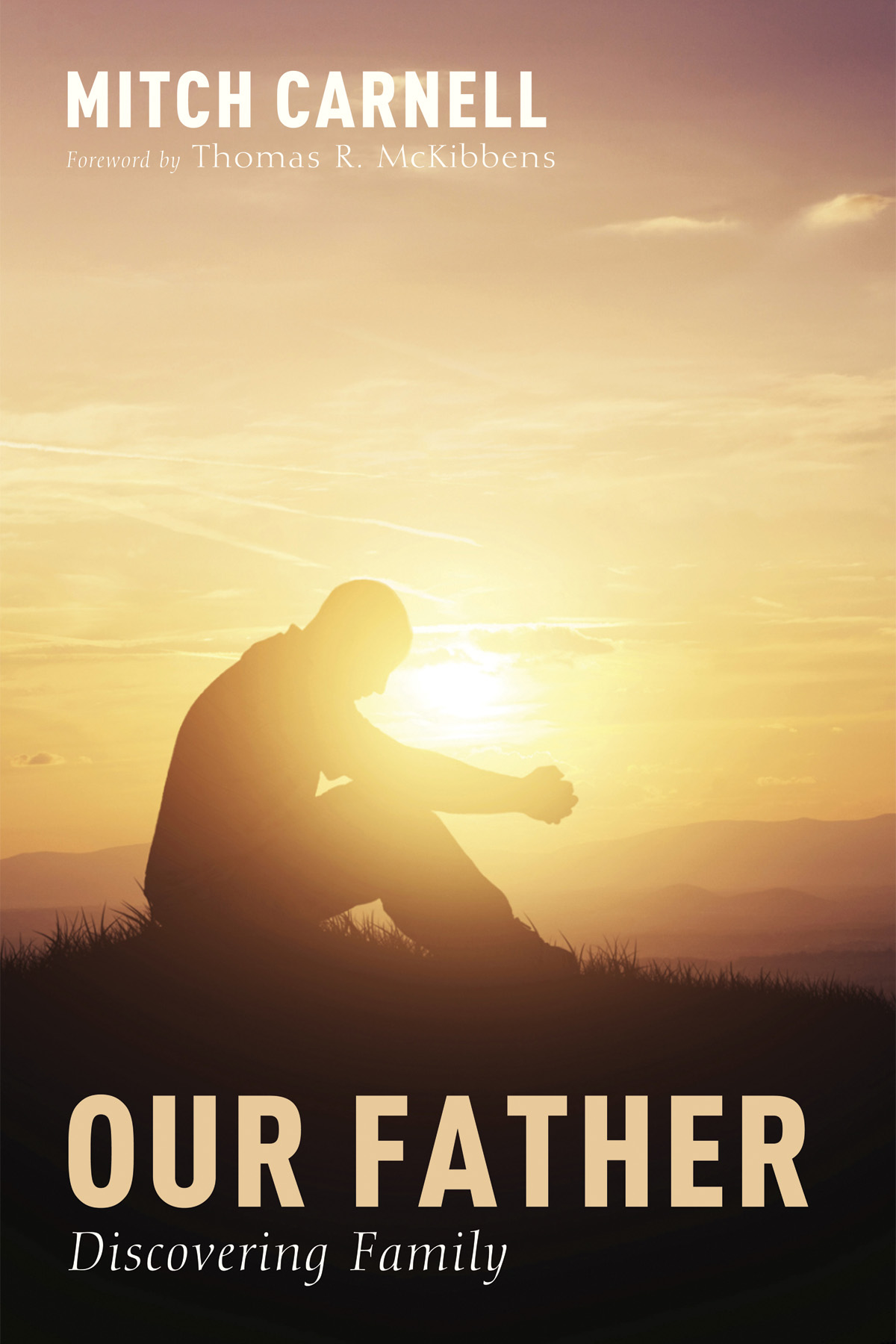BILL LEONARD* | SEPTEMBER 3, 2019 – Baotistnewsglobal,com
In a recent essay in The Atlantic, Peter Wehner cites this comment by Mark Labberton, president of Fuller Theological Seminary:
“The Church is in one of its deepest moments of crisis – not because of some election result or not, but because of what has been exposed to be the poverty of the American Church in its capacity to be able to see and love and serve and engage in ways in which we simply fail to do. And that vocation is the vocation that must be recovered and must be made real in tangible action.”
Labberton’s insightful, poignant challenge might require a small caveat: The Church is indeed in crisis, largely because of multiple crises, few of which are momentary. We’re in it for the long haul. In America 2019, to confront one crisis or multiple crises, you must stand in line. It feels as if a new or expanding crisis in the country or the church occurs daily, sometimes by the hour.
Public crises alone are daunting enough, even on the briefest of lists: opioid addiction; gender and sexuality issues; racial and political divisions; immigration and the treatment of immigrants – documented and undocumented, sick or well, adult or child; healthcare or lack thereof; religious liberty or lack thereof; global warming with melting glaciers and flaming forests; species extinctions; sexual abuse inside and outside the church; increased suicides; and mass shootings, mass shootings, mass shootings.
“It feels as if a new or expanding crisis in the country or the church occurs daily, sometimes by the hour.”
As these and other public crises demand multiple responses from Christian communities, so do an increasing variety of ecclesiastically-specific crises that confront congregations across the theological spectrum. Here are but a few:
Denominational support systems are disconnecting, disengaging, even breaking apart.
Religio-political divisions create tensions throughout denominations and congregations.
The changing sociology of Sunday often means even “active” members attend worship services only intermittently.
Estimates vary widely, but some 4,000 to 10,000 churches close each year.
The “Nones,” those who claim no religious affiliation, remain an ever-expanding subgroup in American religious life. A recent study from Eastern Illinois University put Nones, Roman Catholics and Evangelicals in a statistical dead heat, each at around 23 percent of the population. A 2017 Christian Science Monitor report on a survey of more than 100,000 Americans noted that the number of white evangelical Protestants fell from about 23 percent of the population in 2006 to 17 percent in 2016 – and only 11 percent of white evangelicals are under age 30.
Many congregations now experience decreasing and/or aging membership; declining finances that impact staff salaries, programs and building maintenance; waning attendance, membership and baptisms; and escalating intra-church conflict, often directed at ministers.
Worse yet, with both documented and anecdotal evidence, new and enduring doctrinal-cultural-political debates continue to impact congregations, fomenting unrest if not outright schism. Headlines in recent months outline multiple crises:
“After Disagreements over LGBTQ Clergy, U.S. Methodists Move Closer to Split” (NPR)
“Hate Thy Neighbor: When American Evangelicals Fall Out” (The Economist)
“Battle Lines Form Over Social Justice: Is it Gospel or Heresy?” (RNS)
“Pastor’s Exit Exposes Culture Rifts in a Leading Liberal Church” (New York Times)
“Joshua Harris Kisses Christianity Goodbye” (Wall Street Journal)
“Only Half of Kids Raised Southern Baptist Stay Southern Baptist” (Christian Century)
“Amid Evangelical decline, growing split between young Christians and church elders” (Christian Science Monitor)
We all know that congregational conflicts are not unique in Christian history. Disputes arose the moment the Apostle Paul proposed welcoming Gentiles into the church. The Pauline epistles alone document congregational infighting among the fledgling Christian communities. Take the ever-factionalized Corinthian church, please! Paul rakes them over the gospel coals for arguing over food (“meat offered to idols,” 1 Corinthians 8:1-13); kowtowing to certain “super apostles” (2 Cor. 11: 1-15); and debating when, whether, with whom or never to have sex (“better to marry than to burn,” 1 Cor. 7:1-9).
(Those crises convince me that the Corinthian Church was essentially proto-Baptist.)
“Contemporary intra-church unrest and schism is particularly damaging since so many congregations are already weakened by the crises that surround them.”
Across the centuries, doctrinal disputes, sacramental differences or participation in “wars of religion” could get you exiled, burned, beheaded, hanged or drowned by Catholic and Protestant alike. Thank God, we’ve left that behind (mostly).
Historically, American congregational conflicts illustrate the adage that “churches multiply by dividing” amid multiple disputes and crises. Yet contemporary intra-church unrest and schism is particularly damaging since so many congregations are already weakened by the crises that surround them, making recovery at best lengthy if not altogether impossible. In fact, some congregations are now so weakened that schism will simply hasten their demise.
That reality ought to sober us all toward cooperation and reconciliation. In that vein, might we together:
Distinguish between genuine dissent and petty animosity?
Develop creative measures for nurturing healthy debate and the boundaries of disagreement before crises occur?
Enlist the services of trained mediators and conflict managers when necessary?
Resist airing disputes outside the Christian community, especially on social media?
Recognize the difficulties of recovery in the face of contemporary institutional and individual exhaustion?
Cultivate congregational unity around shared ministry that energizes beyond, alongside or despite differences?
Gravitate toward those congregations that best reflect our gospel commitments; then work to make them better, not tear them down?
These realities confront us with yet another “Bonhoeffer moment” in this country and the world, a time of decision when the best elements of Gospel and Church call us to remember and reaffirm who we are and what we are about as participants together in the Body of Christ. To our crisis-ridden times Dietrich Bonhoeffer speaks yet, writing from prison in 1944, the year the Nazis took his life:
“The Church is the Church only when it exists for others…. The Church must share in the secular problems of ordinary human life, not dominating, but helping and serving. It must tell men [and women] of every calling what it means to live in Christ, to exist for others. In particular, to take the field against the vices of hubris, power-worship, envy, and humbug, as roots of all evil. It will have to speak of moderation, purity, trust, constancy, patience, discipline, humility, contentment, and modesty. It must not underestimate the importance of human example” (Letters and Papers from Prison).
Crisis or not, that’s quite a calling, then and now.
*Bill Leonard lectured at the Hamrick Lectures at First Baptist Church of Charleston.













